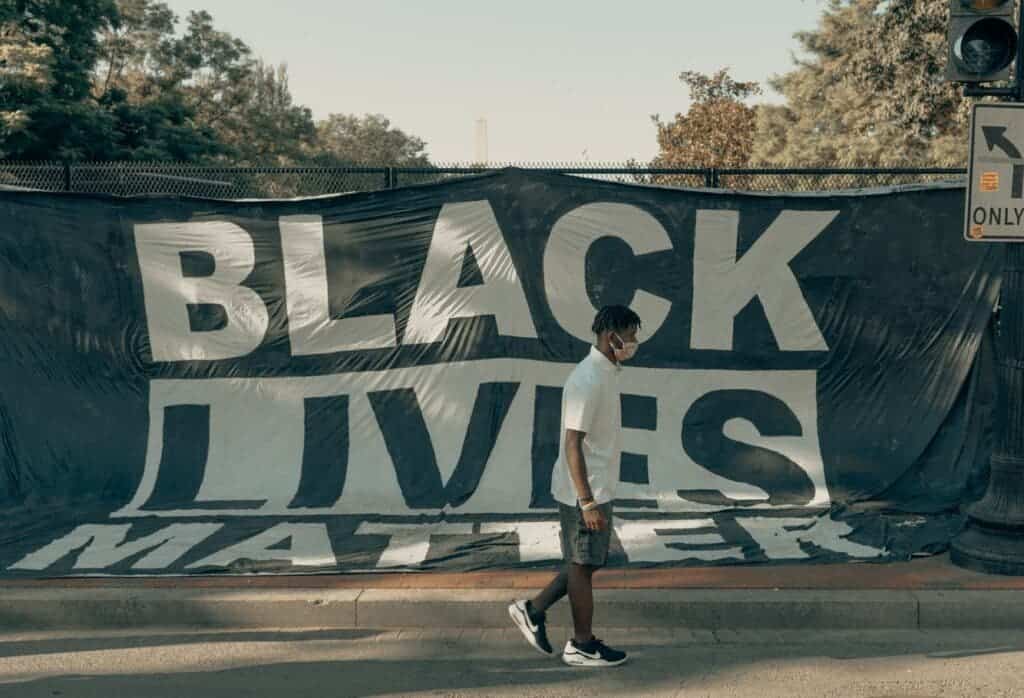Since the first stages of the outbreaks in the US, it became clear that minorities in the US are affected much harder by the coronavirus than white people. But according to a new analysis, it’s even worse than we thought.
When we look at the data in age groups, the disparity becomes much more severe. According to a new analysis by the Brookings Institution, the death rates among Black and Hispanic/Latino people are much higher than for white people, in all age categories.

COVID-19 is not an equalizer
It’s tempting to think that any disease is a social equalizer. After all, the virus doesn’t care if you’re black, white, rich, poor. But the reality of it couldn’t be further from the truth.
In practical terms, humans and viruses don’t exist in a vacuum. We live in a stratified society, and while the virus doesn’t care about an individual’s characteristics, these characteristics can increase or lower your risk.
In New York, data showed that black people make up 33% of COVID-19 hospitalizations. Yet black people make up just 18% of the state’s population. In Louisiana, 70% of fatalities were among black people — for a population that’s only about a third black. In Illinois, 15% of the population is black, but 43% of fatalities were within this small population. It’s not just black people, either. The Navajo Nation has a population of under 300,000 people in New Mexico, Arizona, and Utah — less than 5% of these states’ population. But they make up over 20% of the total number of cases.
But the situation may be even worse than it seems, when we consider a simple parameter: age.

The most common age among white people in the U.S. is 58, whereas for black people, it’s 27. In other words, if you take a random black and a random white person from the US, the black one is far likelier to be younger.
In the case of COVID-19, we’ve seen that age can be a critical factor, and elderly people are at far greater risk. Given the age structure of minority populations means in the US, it appears that the disparity is even greater. The above chart can be a bit difficult to read, so here’s a clearer one, indicating the ratio of risk for different racial profiles — which paints a very dire picture.

A number of factors are contributing to this race gap. For instance, it could be that the jobs of Black and Hispanic/Latino people put them more at risk, or that they are less likely to practice social distancing. Black people are more likely to live in shared accommodation and suffer from a number of diseases that put them at greater COVID-19 risk. Simply put, it’s the socioeconomic inequity that leaves minorities at greater risk — and it’s not just the US, similar trends have been reported in Europe as well.
The Brookings researchers note:
“Race gaps in vulnerability to Covid-19 highlight the accumulated, intersecting inequities facing Americans of color (but especially Black people) in jobs, housing, education, criminal justice – and in health,” the authors write.
“Black and Hispanic/Latino people may also more vulnerable to Covid-19 if they become infected, because of less access to health care or greater prevalence of co-morbidities such as hypertension, obesity, diabetes, and lung disease – which in turn reflect broader racial inequalities. Our colleague Rashawn Ray has unpacked the structural conditions that may be causing racial inequalities in Covid-19 deaths.”
It’s a chilling analysis, and a reminder that racial justice is also about health. Health disparities aren’t striking as some of the other inequities, but in the long-term, their impact adds up to take a bitter toll.
The race gaps in coronavirus vulnerability also highlight the accumulated, compounding inequalities facing all minorities, including black people. These inequalities include but are not limited to jobs, housing, education, criminal justice, and health.



